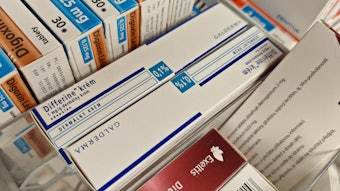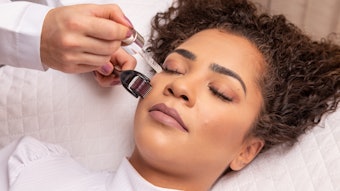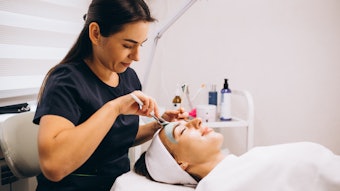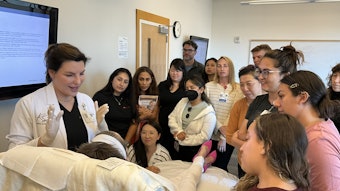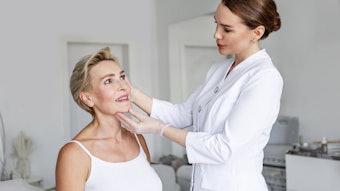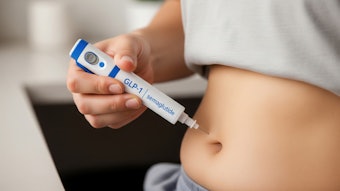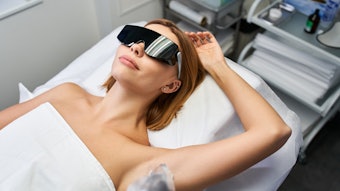
The Benefits and Risks of Medical Tourism
Now more than ever, prospective patients are able to conduct extensive research on surgeons and specific procedures outside of their geographic area, all from the palm of their hand. This is leading to a resurgence of medical tourism both domestically and internationally, with patients choosing to travel as far as Thailand or South Africa to explore surgery options.
While many elective disciplines see patients traveling for a procedure, plastic surgery remains one of the most prominent. With the rise of medical tourism, surgeons nationwide (and sometimes worldwide) are entering into a plastic surgeon’s competitive set, creating competition beyond geography. Because of this, it’s necessary for physicians to remain an attractive—and safe—option for prospective patients both close to home and abroad.
Medical tourism carries a wealth of benefits, risks and opportunities in the plastic surgery space, each of which is covered in this article.
The Benefits of Medical Tourism
Outside of the potential for reduced cost, the rise of medical tourism can be attributed in part to interconnectedness. As we know, social media is hugely influential, and coming off the heels of a global crisis, people are ready to act on the research they’ve had time to conduct over the past few years.
Medical tourism offers patients the opportunity to see surgeons beyond their geographic area, allowing them to find a provider that most closely correlates with their personality and goals. Similarly for providers, prospective patients can come from far beyond the city or state where the practice is located.
Especially in the cosmetic space, providers know the importance of sharing the same goals and values with their patients. Medical tourism generates increased options and greater alignment, which is a benefit for everyone involved.
Medical Tourism and Its Risks
While medical tourism increases options for patients and providers, it is certainly not without risks, and in some cases, the risks can outweigh the benefits.
Perhaps the largest consideration when agreeing to perform surgery on a patient outside of a practice’s geographic area is recovery time. Practices can assume a great amount of liability if a patient chooses to return home before fully recovered. Though recovery times vary for each specific procedure, patients should expect to stay near their surgeon for at least a week or two in the event of complications like hematoma or infection.
As a provider, consider entering into a partnership with a local hotel or resort to offer a packaged stay after surgery. Keep all traditional post-operative care instructions in mind, including accessible entry, minimal obstacles and close proximity to the surgery center or hospital.
Once a patient has returned to their home state or country (if different than where they had surgery),
the provider might not be able to legally prescribe medicine in the event of pain or infection outside of the recovery window.
While lower cost can sometimes be a factor for medical tourism, it’s important to consider any unexpected costs, including the potential need to return should complications arise.
Opportunities and Insights for Practitioners
The medical tourism boom shows no signs of slowing down, creating an opportunity for practitioners to deploy marketing strategies and implement policies to best cater to the travel market. As previously mentioned, social media is a large avenue for patient research, shedding light on the importance of integrating both organic and paid content to reach a national or global audience.
After reaching an out-of-area patient through social media, the importance shifts to authenticity and personal connection. It’s important to ensure your digital presence aligns with the personality and style of your practice, helping the patient feel confident they know who you are throughout the consultation process. Much like the risks of online dating, be sure you aren’t catfishing your patients through an unrealistic social media strategy.
Domestically, providers have a large opportunity to highlight education, accreditations and training that may not be the standard in international markets. Surgeons have countless protocols in training and safety they are legally required to adhere to, all with the highest quality of patient care in mind. Through marketing and consultation, it’s necessary to proactively divulge qualifications to help patients make an informed decision.
As you explore opportunities in medical tourism, it remains of utmost importance to reaffirm the seriousness of any medical procedure. Marketing medical tourism with fun package ideas or an opportunity to explore a new area can be incredibly dangerous, as it diminishes the lifechanging implications surgery can have on a patient. Surgery is serious, not fun.
As providers, we have a responsibility to help medical tourism remain a safe and successful option for both patients and providers.
Andy Wongworawat, M.D., is a board-certified plastic surgeon and co-founder of the Advanced Institute for Plastic Surgery. The educator, innovator and influential surgeon brings more than 20 years of experience in the cosmetic surgery space to his clinical practice. His primary surgical focus is on breast and body surgery, particularly “mommy makeovers,” which often include procedures such as tummy tucks, liposuction, breast lifts and more. He is passionate about solving issues deeper than the surgical blade and combines surgical excellence with holistic healing arts to help patients pioneer both physical and emotional change.
